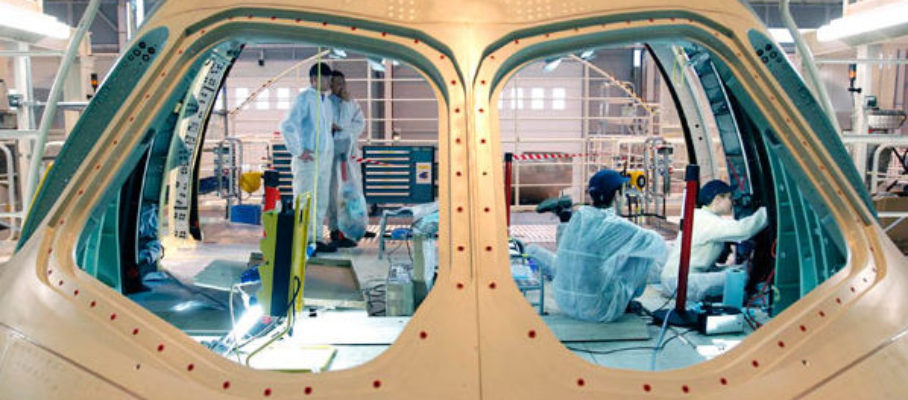Mar 6 2012
What is the role of a manager in leading the implementation of Lean?
This is the first in a series of questions I have received from the Spanish magazine APD (Asociación para el Progreso Directivo). My answer is as follows and, perhaps, your comments will help me make it better:
The answer is different for every level of management and every functional area. Let us just take two examples: the CEO and a production supervisor.
The decision to implement Lean should be made by the CEO, and he or she must be able to communicate it to the rest of the organization. The CEO needs to understand what is at stake for the company’s business. For example, it may be that the company must excel at manufacturing rather than outsource it because the risk to intellectual property would be too high, and, since Lean is the state of the art in manufacturing, it is the way to go… This is only one example, there may be other reasons. Whatever they may be, the CEO must understand and articulate them.
The CEO must also understand the extent of the task and be committed to seeing it through. It means having a staff that is equally committed and not backing off when individual projects fail. It means giving Lean implementation the priority that it deserves, as second only to shipping product. In particular, no other initiative must be allowed to interfere with it. For example, the implementation of a new ERP system does interfere with Lean in two ways. First, it drains needed resources, and second, it locks existing practices in place, making them more difficult to change. ERP should therefore be postponed until the company reaches an appropriate level of Lean maturity. The CEO must also personally visit project teams in actions and attend report-out sessions.
Production supervisors are at the opposite end of the management ladder, and combine direct access to production operators with the authority to command support from logistics, maintenance, quality, and other groups. This places them in a unique position to be effective leaders for Lean projects on the shop floor, and it behooves their superiors to make sure that they have the time to do it.


Mar 7 2012
What does a manager need to know to undertake a Lean transformation?
This is the second in a series of questions I have received from the Spanish magazine APD (Asociación para el Progreso Directivo). My answer is as follows and, perhaps, your comments will help me make it better:
Share this:
Like this:
By Michel Baudin • Management 12 • Tags: Hoshin kanri, Hoshin planning, Lean manufacturing, Management